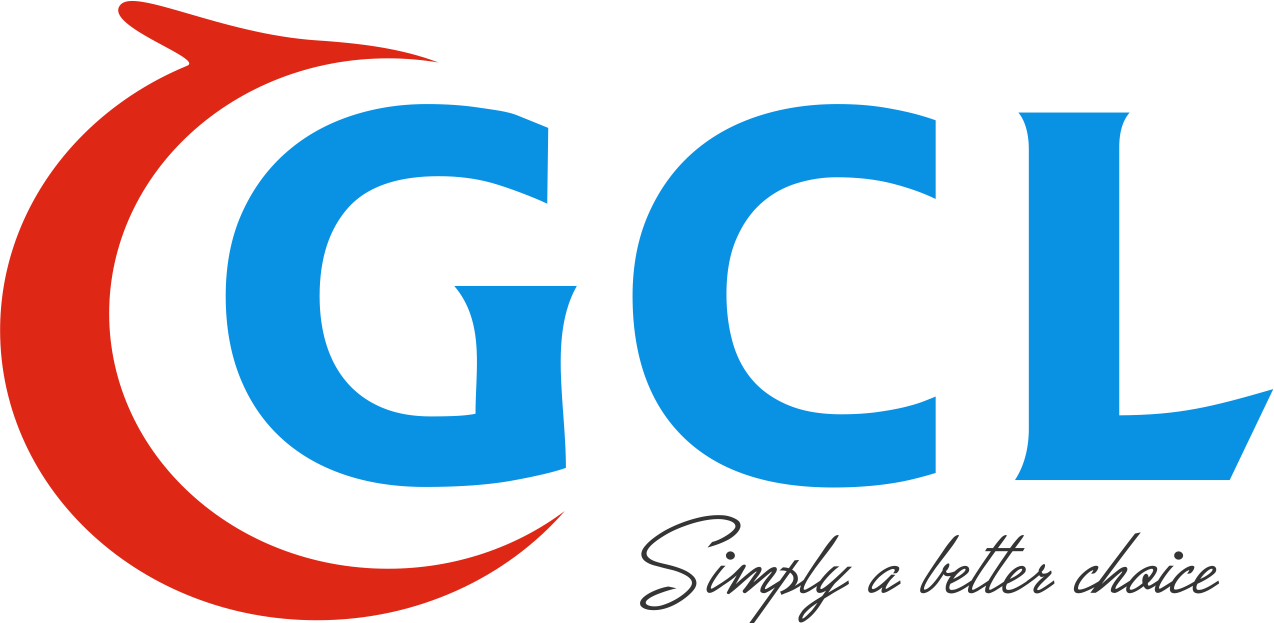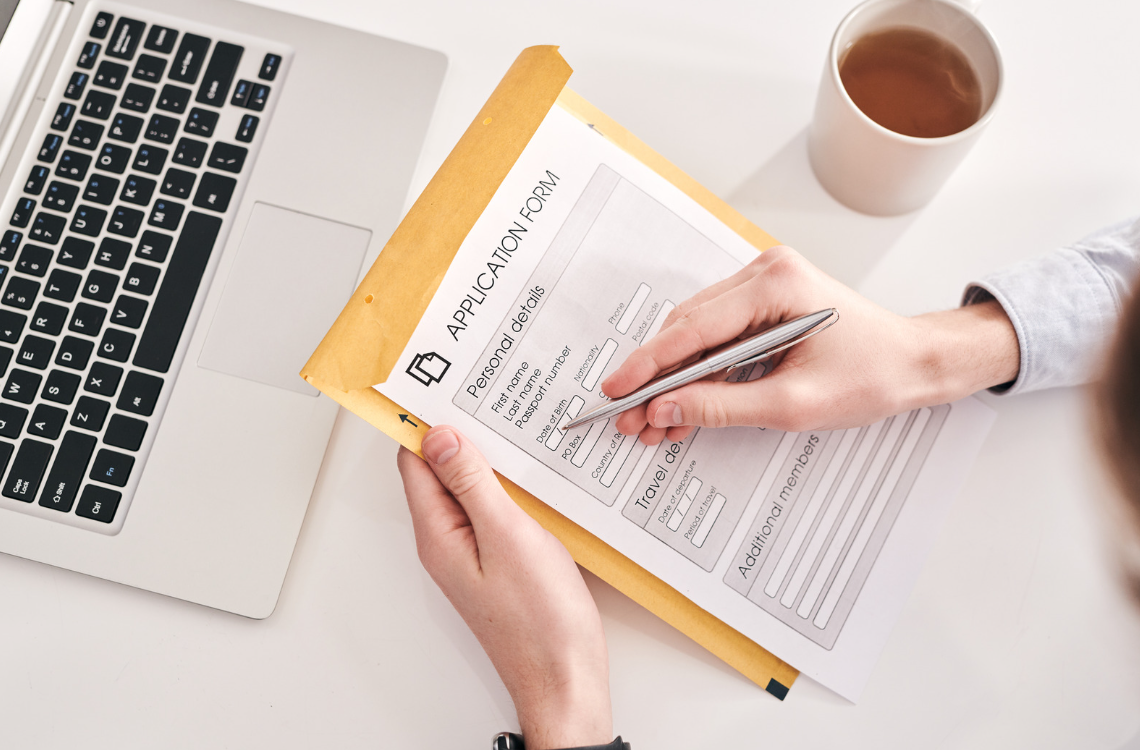Do you want to know how to open a demat account but not sure where to begin? As a brokerage firm with more than 15 years of experience, we know it can be confusing . Don’t worry, though! We’ve helped a lot of people just like you get through this process, and we’re here to do the same for you. With our step-by-step guide, you’ll have a demat account set up quickly and easily.
Let’s get started!
We assume you understand what a demat account is given that you are here. Nevertheless, here is an easy-to-understand definition before we outline the steps required to open one:
A demat account is a special type of account that is used to hold financial assets like stocks, bonds, and mutual funds in the form of electronic certificates instead of physical certificates.
Opening Demat Account: Quick Overview
Now that we’ve gotten the definition of demat account out of the way, let’s take a quick look at the steps you need to take. Here goes:
- Select a depository participant (also known as a brokerage firm).
- Fill out the brokerage firm’s demat account application form.
- Submit your documents for KYC.
- Pay the fees to the brokerage firm.
- Give the brokerage firm a few days to activate your demat account.
So, that’s the big picture of what it takes to open a demat account, but it’s important to know what each step entails. This includes being aware of the brokerage company you should select as your depository participant and the paperwork you need to submit.
Read on for all the necessary information.
A Deep Dive into Demat Account Opening Process
If you’re new to the world of investing or looking to switch to a new broker, opening a demat account is an essential first step.. In the past, opening a demat account required a lot of physical paperwork and a visit to the broker’s office. However, with the advent of online trading platforms, the process has become much more straightforward, eliminating the need for physical paperwork.
In this section, we’ll explore every aspect of the demat account opening process in detail. After you finish reading it, you’ll have everything you need to know to get started on your investment journey. So, let’s dive in!
Step 1: Research Different Demat Account Providers:
Choose a demat account provider based on your specific needs and requirements. Consider fees, ease of use, customer support, and available investment options. (We will go over this in more detail later in this guide.)
Step 2: Fill Out The Demat Application Form:
Most Demat Account providers offer the option to fill out an application form online. You will need to provide personal information such as your name, address, and PAN number, as well as details about your financial background and investment experience.
Step 3: Provide Demat Documentation :
You will need to provide proof of identity, such as a passport or PAN card, as well as proof of address, such as a utility bill. These documents will be used to verify your identity and address. This process is usually called KYC, short for “know your customer.”
It is important to have these documents readily available before starting the demat account opening process to ensure a smooth and hassle-free experience.
To open a Demat account, you need to provide certain documents as proof of identity, address, and income for the KYC process. Here is a list of the required documents:
Proof of Identity:
- PAN card with a valid photograph
- Any document with a Unique Identification Number (UID), such as Aadhaar, passport, voter ID card, or driving license
- Ration card (with photograph)
- Identity card or document with photo issued by government bodies, statutory or regulatory authorities, public sector undertakings, scheduled commercial banks, public financial institutions, university-affiliated college credit/debit cards, or member IDs issued by professional bodies like ICAI, ICSI, ICWAI, or Bar Council.
Proof of Address:
- Passport
- Voter’s card
- Ration card
- Registered lease/sale agreement of current residence
- Driver’s license
- Utility bill (not older than 3 months)
- Insurance copy
- Bank account statement or passbook (not more than 3 months old)
- Address proof issued by government bodies, statutory or regulatory authorities, public sector undertakings, scheduled commercial banks, public financial institutions, university-affiliated colleges, or professional bodies like ICAI, ICWAI, ICSI, or Bar Council.
- Self-declaration by high court/supreme court judge
- Spouse’s address proof (in spouse’s name)
Proof of Income:
- Income Tax Return copy
- Net Worth Certificate certified by a Chartered Accountant
- Salary proof
- Demat account holdings statement with other Depository Participant
- Current bank account statement showing the history of past 6 months income before the date of application
Additionally, you will also need to provide a bank account proof (such as a cancelled cheque or passbook) and a recent passport-sized photograph. Make sure that all the documents are valid and not expired before submitting them for the account opening process.
Step 4: Link Your Bank Account To Your Demat Account:
You will also be required to submit a canceled cheque or bank statement to link your demat account to your bank account. Once you have submitted the necessary forms and documents, the brokerage form will verify your information and activate your account.
Step 5: Fund Your Demat Account:
Once your Demat Account has been approved, you will need to transfer funds into your account. This can typically be done via a bank transfer, cheque, or online payment.
Step 6: Start Trading with Your Demat Account:
Once your Demat Account is funded and active, you can start buying and selling securities. Simply log into your account, select the security you want to trade, and execute the trade.
By following these simple steps, you can easily open a Demat account and start trading in the stock market. Just make sure you choose a good depository participant, fill out your application form correctly, and do what you need to do to verify your identity and transfer money into your account.

